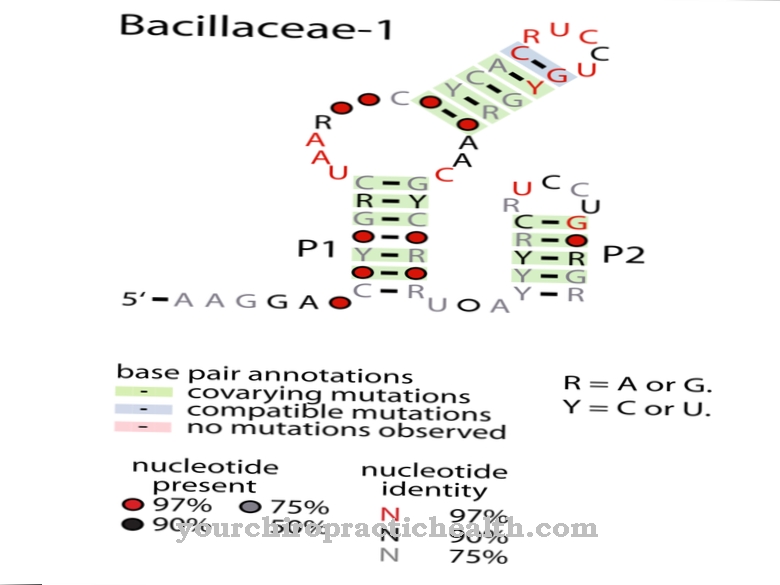Under Antipyretics means substances that have a fever-lowering effect or can protect against fever prophylactically. For this purpose, substances and compounds from different substance classes are counted. They differ in their mode of action from other antipyretic agents, such as opiates.
What are antipyretics?

The term antipyretic thus combines various substances that are similar in their effects, but can have different compositions and properties. The best-known antipyretics include paracetamol, acetylsalicylic acid, ibuprofen, naproxen and ketoprofen. Paracetamol is one of the non-opioid analgesics, i.e. one of the painkillers that differ in their mode of action from opiates.
The other antipyretics mentioned above have anti-inflammatory properties in addition to their fever-lowering effects. Therefore, they are grouped under the term anti-inflammatory drugs. To distinguish them from cortisol and its related substances in their mode of action, they are also referred to as nonsteroidal anti-inflammatory drugs. A narrow definition of the various antipyretics from a chemical point of view is not given due to the heterogeneous composition of this class of substances.
Medical application, effect & use
All antipyretics have in common that they inhibit the synthesis of prostaglandin E2, which is formed in endothelial cells of the hypothalamus. It is a tissue hormone that is made up of arachidonic acid and is responsible for pain, inflammation and blood clotting, among other things.
It develops its pain-releasing effect by irritating the nerve endings, which then send pain signals to the brain. Fever is also triggered by this hormone by activating specific receptors in the region of the hypothalamus in which fever reactions are controlled. By inhibiting the synthesis of prostaglandin E2, the blood vessels in the skin are dilated, which results in increased heat release.
As a result, more sweat is produced, which cools the body down and lowers the fever. The prostagladin synthesis is inhibited in different ways. Ibuprofen, for example, inhibits the enzymes that are involved in the formation of prostagladin, the so-called cyclooxygenases. Naproxen also has an inhibitory effect on hormone-sensitive lipase, an enzyme that makes fats from food available for the synthesis of hormones.
Paracetamol also has an inhibiting effect on cyclooxygenases, but also activates certain receptors that are responsible for the uptake of serotonin, which is an endogenous, pain-relieving hormone. The antipyretics differ in their exact mode of action, but their common function is to switch off prostaglandin E2 in order to reduce pain, inflammation and fever.
Herbal, natural, homeopathic & pharmaceutical antipyretics
Antipyretics basically belong to the synthetic, medicinal substances. This means that they do not occur as natural substances in the organism, but have to be produced artificially. Due to the diversity of the individual antipyretics, there are many production routes.
The active ingredient in Aspirin® is, for example, acetylsalicylic acid, which is produced by the so-called Kolbe-Schmitt reaction. Acetylsalicylic acid precursors, however, also have vegetable or animal origin. For example, willow bark extracts contain salicin, which is converted into salicylic acid in the human body. In the Kolbe-Schmitt reaction, salicylic acid is the first reaction partner. Salicylic acid is also found in a secretion that beavers secrete from their anal glands.
There are several established reaction pathways for the active ingredient paracetamol. The most common industrial use is a reaction in which phenol is aceticated with acetic anhydride in the presence of hydrofluoric acid. This creates p-hydroxyacetophenone, which is converted to oxime with hydroxylamine. By adding thionyl chloride, it is finally rearranged to paracetamol. Paracetamol is mostly sold as a single preparation; there are also combination preparations with this active ingredient.
If codeine or tramadol are included, these preparations, in contrast to the monopreparation, require a prescription. There is a very wide range of preparations for the active ingredient ibuprofen, including drugs that are approved for toddlers from 6 months.
You can find your medication here
➔ Medicines for fever and chillsRisks & side effects
Most antipyretics, such as ibuprofen and naproxen, have side effects related to the digestive extract. These include nausea, diarrhea or gastrointestinal cramps.
Peptic ulcers, gastric mucosal inflammation or gastrointestinal bleeding may occur less frequently. Particularly in the case of chronic intestinal inflammation, caution is therefore advised when taking these antipyretics. Aspirin® can also cause stomach and intestinal problems. In addition, it has an inhibitory effect on blood clotting, which is why it should not be taken in connection with surgery or during pregnancy. Acetylsalicylic acid is also banned in several countries for children under the age of 16 as it can rarely cause the fatal Reye's syndrome.
Paracetamol is relatively free of side effects from all antipyretics. However, taking paracetamol can lead to an increase in transaminases, certain liver enzymes, which in very rare cases can cause liver dysfunction.




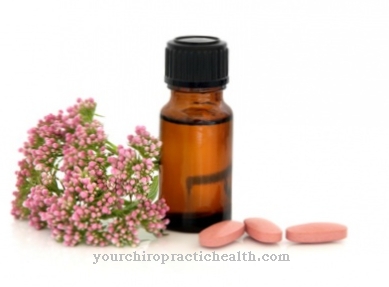



.jpg)


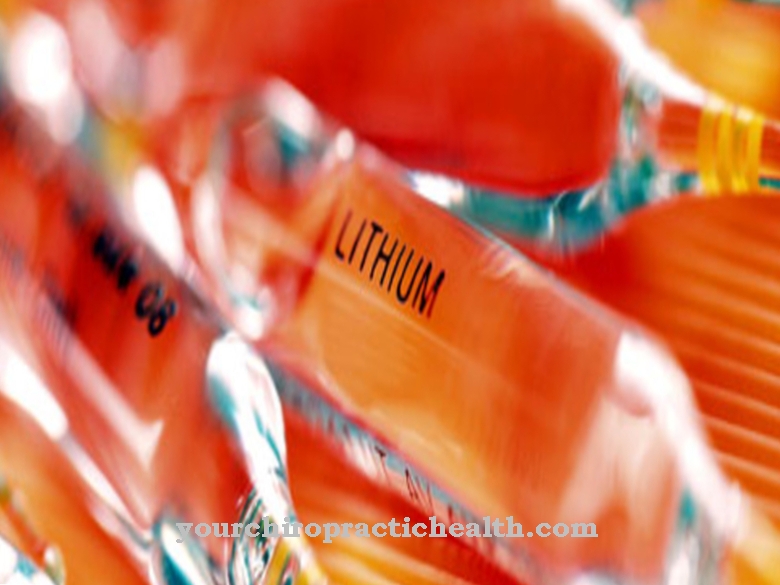




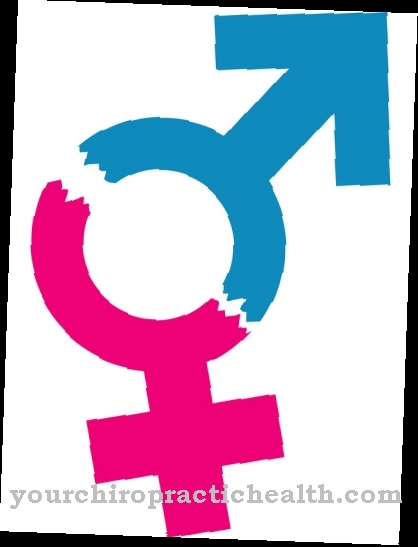
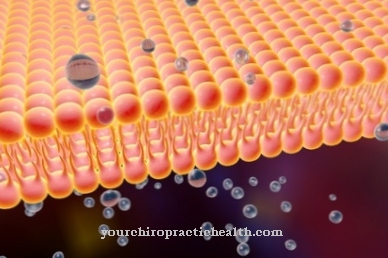

.jpg)

.jpg)

.jpg)
